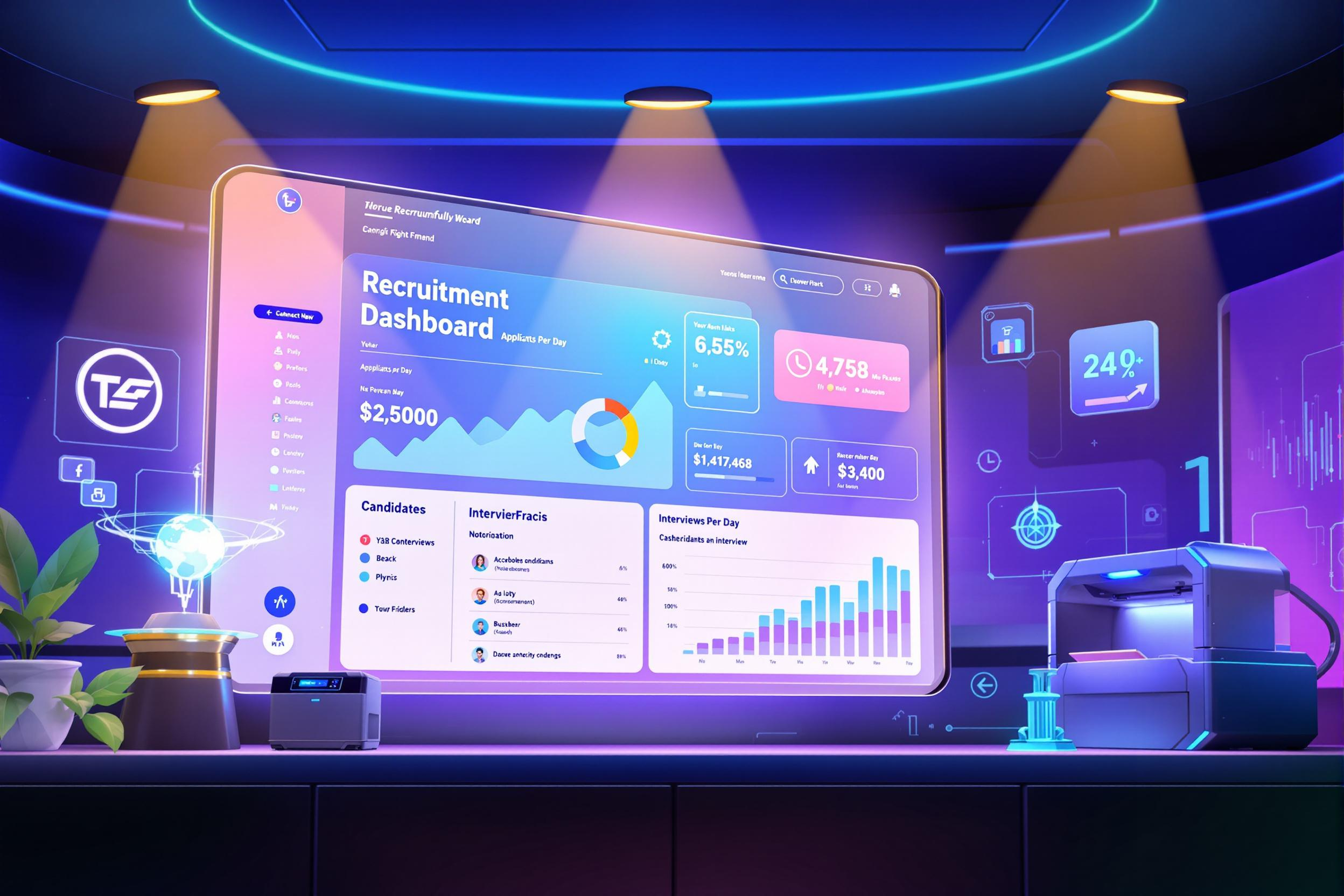
PyTorch
PyTorch is a popular tool that helps create artificial intelligence and machine learning solutions. Think of it as a construction kit for building AI systems, similar to how architects use blueprints and building blocks. It's particularly known for being user-friendly and flexible, which is why many researchers and companies choose it. Other similar tools include TensorFlow and Scikit-learn. These tools help AI developers create things like image recognition systems, chatbots, or programs that can predict trends in data. When you see PyTorch on a resume, it usually means the candidate has experience in building AI systems.
Examples in Resumes
Developed deep learning models using PyTorch for customer behavior prediction
Led a team of 3 data scientists in implementing PyTorch solutions for image recognition
Created and optimized PyTorch neural networks for natural language processing tasks
Typical job title: "PyTorch Developers"
Also try searching for:
Where to Find PyTorch Developers
Online Communities
Job Boards
Events & Conferences
Professional Networks
Example Interview Questions
Senior Level Questions
Q: How would you approach scaling a PyTorch model for production use?
Expected Answer: A senior candidate should explain how they would make AI models work efficiently in real business situations, including making them run faster, use less computer resources, and handle many users at once. They should mention experience with cloud services and optimization techniques.
Q: How do you ensure the reliability and maintainability of PyTorch models in production?
Expected Answer: Look for answers about testing strategies, monitoring system performance, handling errors, and keeping the AI system up-to-date. They should discuss how they document their work and train other team members.
Mid Level Questions
Q: What methods do you use to prevent overfitting in PyTorch models?
Expected Answer: The candidate should explain how they ensure AI models work well with new data, not just training data. They should mention techniques like cross-validation and regularization in simple terms.
Q: How do you debug PyTorch models that aren't performing well?
Expected Answer: They should describe their problem-solving approach when AI models aren't working as expected, including how they identify issues and improve model performance.
Junior Level Questions
Q: Can you explain what a neural network is and how PyTorch helps build one?
Expected Answer: Junior candidates should be able to explain neural networks in simple terms, like comparing them to the human brain, and describe how PyTorch helps create these systems.
Q: What's the difference between training and testing data in PyTorch?
Expected Answer: They should explain how AI models learn from one set of data (training) and are tested on different data to make sure they work well in real situations.
Experience Level Indicators
Junior (0-2 years)
- Basic understanding of neural networks
- Simple model training and evaluation
- Data preparation and preprocessing
- Basic Python programming
Mid (2-5 years)
- Custom model architecture design
- Performance optimization techniques
- Model deployment experience
- Data pipeline development
Senior (5+ years)
- Advanced AI architecture design
- Large-scale model deployment
- Team leadership and mentoring
- Research and innovation capabilities
Red Flags to Watch For
- No understanding of basic machine learning concepts
- Lack of experience with Python programming
- Unable to explain model evaluation metrics
- No practical experience in implementing AI solutions




